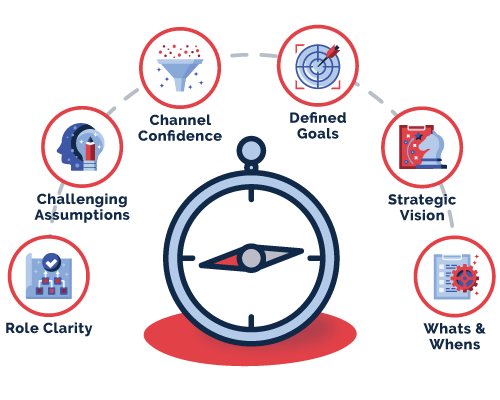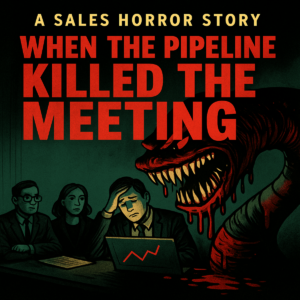Leads are the lifeblood of revenue growth. One of the most frequent questions we get asked is, “What is the best source of leads?” This is often followed up with questions about whether “new” digital lead channels are better or whether it is better to be more traditional. (A lead channel is simply a predictable and measurable source of leads for your business.)
Defining Digital and Traditional
First, let’s define digital and traditional lead channels. From a marketing perspective this is primarily a question about media. Traditional media includes things like newspapers, magazines, television, yellow pages, and direct mail. Digital media includes media like search engines, websites, social media platforms, video platforms, webinars, live streams, and email.
In a sales context, digital versus traditional questions usually are a question of both contact research and communication platforms. Traditional sales methods for contact research were literal phone books, membership lists, networking groups, and referrals. Communication platforms included the phone, face-to-face prospecting, trade shows, and direct mail. Digital research about contacts includes online research, data providers, and social networks. Digital communication platforms include email, SMS, video, social inboxes, and social media interaction.
Which Is Better?
While traveling to visit clients, at dinner time our Integrator, Bill Poole (a renowned foodie) will often present me with a choice of two restaurants. When he asks me which I prefer, my favorite answer is, “Yes!” I’m usually confident that both choices will result in a good meal. Similarly, digital and traditional lead channels offer viable sources of leads. Let’s explore the benefits of each.
The Case For Digital
1. Focus
Digital lead sources allow you to tightly focus on a specific group. For example, where a television ad on your local nightly news would reach a broad audience a video on Facebook can be targeted to a specific group of prospects that meet your ideal client experience. Where a traditional salesperson might go door-to-door field prospecting or bang through a phone list trying to find a lead, digital sales efforts give salespeople tools to direct their efforts to target accounts and the core decision makers in these accounts.
2. Attention
It’s no secret that all of us spend way more time on our phones and computers than we do engaging with traditional media. If you want to capture attention you need to go where people are paying attention. Years ago we passed the time reading the newspaper, flipping through magazines, and watching network television shows. Now we scroll social media, read the news online, and watch videos on YouTube or TikTok. Before you say, “My buyers aren’t doing this,” I challenge you to look at the data. These days even the elderly have attention-grabbing phones and computers in front of their faces. If you want to capture attention, go where the attention is.
3. Scorecard Data
Digital lead sources provide rich (sometimes overwhelming) scorecard data. This allows you to see what is working and what isn’t, enabling you to adjust your strategy.
4. Education
Traditional lead sources only give you a limited opportunity to educate prospects. Digital sources include the magical power of hyperlinks, allowing you to guide prospects through a deep-dive journey of discovery.
5. Intelligence
Many digital sources allow you to trace the prospect’s journey through your emails and ads to your website. By tracking what information they have consumed the lead becomes enhanced with intelligence that helps make the initial conversation more effective.
The Case For Traditional
1. Proximity
My coach, Dave Sanderson, likes to remind me that “proximity is power.” There is something incredibly valuable about being close to your prospects. In-person prospecting and face-to-face interactions at conferences (look for me and the Convergo team at the upcoming EOS Conference) are incredibly valuable. Being there in person or talking on the phone lets us develop relationships and see opportunities to help in ways we can’t when we’re only in a digital format.
2. Novelty
Many marketing and sales teams have turned their focus to digital, giving up on traditional methods. Things like direct mail are beginning to see a resurgence in some industries as email inboxes become more cluttered than physical mailboxes. While field prospecting became extinct during the COVID crisis, my guess is that this will reemerge as a viable lead source for many industries in the years to come.
3. Risk Reduction
If you want to catch fish it is better to have multiple lines in the water. While many companies depend heavily on digital lead channels, there is wisdom in having analog channels as well. In many ways the digital world is still the Wild West. Things continue to change. Having all of your leads coming from a digital source could be damaging if that source dries up. Mixing in some traditional lead channels helps reduce that risk.
A Hybrid Approach
The word of the year in 2022 just might be “hybrid.” With hybrid word environments we are becoming accustomed to living in both a traditional and digital workplace. While this new way of work brings complexity, it also comes with some benefits.
Leads are no different. Most businesses need a hybrid approach that combines new communication platforms with traditional approaches.
The problem is that all of this brings complexity. How do you navigate complexity?
How To Navigate Complexity with Playbooks
The way you navigate complexity is with plans and playbooks. Your Revenue Growth Plan identifies your Ideal Clients and the key decision makers and influencers. Your Client Experience Playbooks define the marketing and sales tactics you will use at each stage of the Client Experience, especially the first stage of awareness where leads are created.
A good Client Experience Playbook includes the marketing and sales process, the message, and the people involved at each stage of the Client Experience. Your playbook should include a hybrid blend of digital and traditional lead channels that fits best with the buyers you are going after. By defining the playbook for lead sources you can keep your marketing and sales efforts focused. You can also measure the effectiveness of lead sources.
Feeling lost navigating your marketing organization? Check out the Marketing Navigational chart from our friends at Rocket Clicks.




